Setting The Pace For Semi-Volatile Organic Compounds (SVOCs) Testing
For over three decades, Pace® has provided a variety of analytical methods to determine the composition of SVOCs. Different from volatile organic compounds (VOCs) that can quickly transform into vapor (a gas) at lower temperatures, semi-volatile organic compounds (SVOCs) are more likely to be liquid or solid at lower temperatures. Due to the array of target analytes and the range of compound concentrations, analyzing SVOCs in environmental matrices can be challenging.
Our comprehensive environmental testing services help customers evaluate the concentration of SVOCs in water, groundwater, soil, and certain waste. With a team of experienced professionals and a network of state-of-the-art testing laboratories, Pace® provides defensible results for regulatory compliance and in support of sustainable business practices across a wide range of industries, including:
- Environmental Consultants
- Environmental Engineers
- Municipalities
- Wastewater Industry
- Landfills
- Chemical Manufacturing
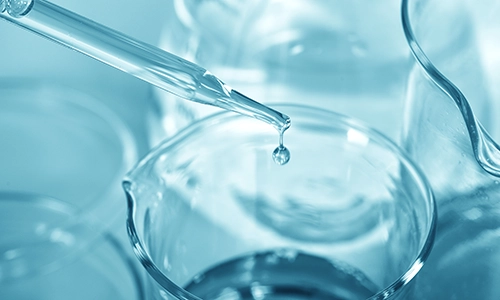
What Are Semi-Volatile Organic Compounds?
Semi-volatile organic compounds (SVOCs) are organic compounds that tend to have a higher molecular weight and boiling point. The “semi-volatile” contaminant group includes a variety of compounds with diverse chemical properties and structures, such as hydrocarbons, aldehydes, ethers, esters, phenols, organic acids, ketones, amines, amides, nitroaromatics, PCBs (also known as Aroclors), PAHs, phthalate esters, nitrosamines, haloethers, and trihalomethanes.
Sources Of Semi-Volatile Organic Compounds
SVOCs are all around us. These compounds may originate from sources such as pesticides and herbicides that contain phosphorus, sulfur, chlorine, or nitrogen, as well as flame retardants, cleaning agents, personal-care products, solvents, and chemicals used in textile/electronic manufacturing and material manufacturing process additives.
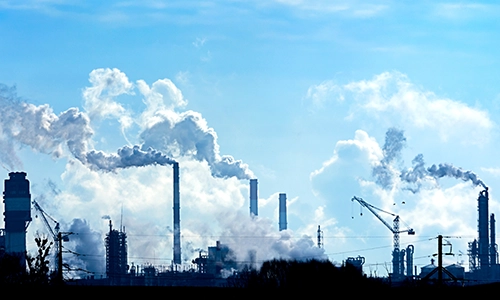
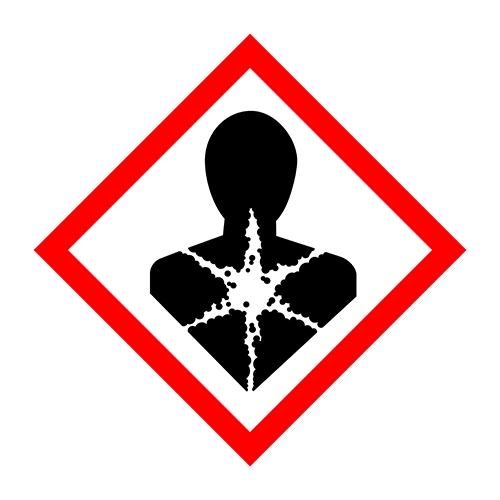
What Is The Health Impact Of Semi-Volatile Organic Compounds?
SVOCs have the potential to cause harmful effects on human health. Health effects of SVOC exposure may include:
- Eye, nose, and throat irritation
- Nausea and vomiting
- Shortness of breath
- Nosebleeds
- Damage to the liver, kidneys, and central nervous system
- Cancers (leukemia and lymphoma)
Techniques For SVOC Detection
HPLC is an analytical technique used to separate, identify, and quantify components in a mixture. It is often used to analyze compounds that are not amenable to gas chromatography (GC). HPLC separates sample components prior to the use of mass spectrometry. Semi-volatiles typically analyzed using HPLC include PAHs, nitro-aromatics, and explosives.
ECDs are commonly used in environmental testing to detect polychlorinated biphenyls (PCBs), organochlorine pesticides, herbicides, and various halogenated hydrocarbons. They are up to 1000 times more sensitive than Flame Ionization Detectors and were the first detectors to measure components at parts-per-billion (ppb) and parts-per-trillion (ppt) levels.
GC is a common analytical technique used to separate and detect the presence or absence of chemical components in a sample mixture and/or their quantities The ability to quickly separate large compound groups with high resolution combined with the use of detectors with various affinities provides a definite advantage when analyzing complex SVOC samples.
GC/MS combines gas chromatography and mass spectrometry. This technique is widely considered the gold standard for identifying substances in a sample due to its ability to perform highly specific tests that positively confirm the presence of a particular substance. Additionally, GC/MS can detect even minuscule amounts of a substance.
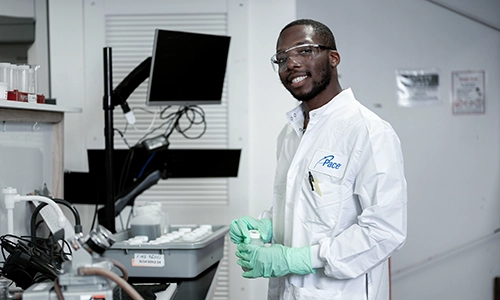
How Are Semi-Volatile Organics Regulated?
Semi-Volatile Organic Compounds are covered by both state and federal regulations. Under the National Ambient Air Quality Standards, the EPA defines Volatile Organic Compounds (VOCs) as any compound of carbon, excluding carbon monoxide, carbon dioxide, carbonic acid, metallic carbides or carbonates, and ammonium carbonate, which participates in atmospheric photochemical reactions. Simply stated, VOCs react in the atmosphere, producing ozone, which contributes to smog formation. Industrial solvents are the primary source of VOC emissions, which are closely monitored to ensure compliance.
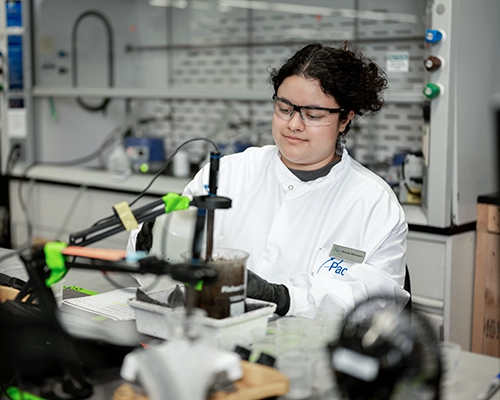
The United States Environmental Protection Agency (EPA) regulates SVOCs at the federal level in the National Volatile Organic Compound Emission Standards for Consumer and Commercial Products (40 CFR 59). Nearly every industry also has regulations controlling SVOC emissions. The EPA has no authority to regulate household products or any other aspect of indoor air quality.
In 1974, the SDWA was created to give the EPA the authority to develop the National Primary Drinking Water Regulations (NPDWR). The EPA has set drinking water standards for certain SVOC compounds.
When routine monitoring shows that individual SVOC contaminant levels are above the maximum contaminant level (MCL) set by the EPA (or a more stringent standard set by individual states), the water system must take steps to reduce the amount of contaminants present. Additionally, utilities must alert customers if levels exceed the MCL.
Many industries use SVOCs as solvents and chemical intermediates. When SVOCs leak or are emitted into industrial waste, they become organic contaminants that pollute the soil and sediments. Because many SVOCs have negative environmental effects and soil remediation can be expensive, it is crucial to accurately measure the extent of hazardous waste contamination to make informed decisions about cleanup efforts.
Enacted in 1976, RCRA governs the disposal of solid and hazardous waste. According to their guidelines, waste is considered toxic if it contains any of the 40 hazardous constituents in concentrations equal to or greater than certain levels. These constituents include 14 SVOCs.
Semi-volatile Organic Compounds Of Concern
The excessive use of pesticides and their persistence in the environment have generated serious, long-lasting environmental contamination of soil, water, and, to a lesser extent, air. Because of this, a wide range of projects call for testing pesticides that include SVOCs.
PAHs are organic pollutants found in oil, coal, and tar deposits that can cause cancer, mutations, and birth defects. Regulatory agencies have set maximum levels for PAHs in the environment, and specific methods must be used to detect their presence and levels accurately.
PCBs were widely used as coolants and insulating fluids from 1930 to 1970. Production was banned in 1979 due to their toxic and persistent characteristics that are potential threats to environmental and human health. Due to their significant presence, continuous monitoring is necessary.
Disinfection byproducts called nitrosamines can arise from the chloramination process used in drinking water treatment. Nitrosamines are known to be carcinogenic even at very low levels, so new regulations have been put in place to detect them at PPT (ng/L) levels in both drinking water and food products.
Nationally Recognized Leader In Testing For SVOCs
Pace® provides a wide range of SVOC testing services with defensible results that can be used for a variety of purposes, such as compliance, environmental site assessments, forensics, employee health and safety, and risk management.
Additional Resources
Need to find a lab that can handle your unique requirements?
Contact us directly or download our list of environmental certifications across our network.